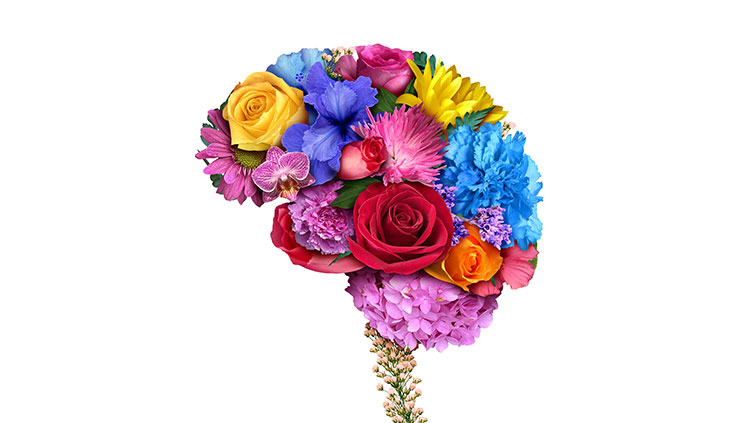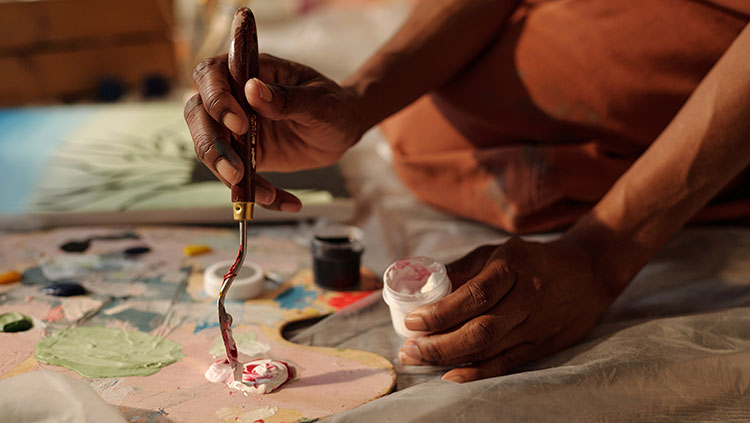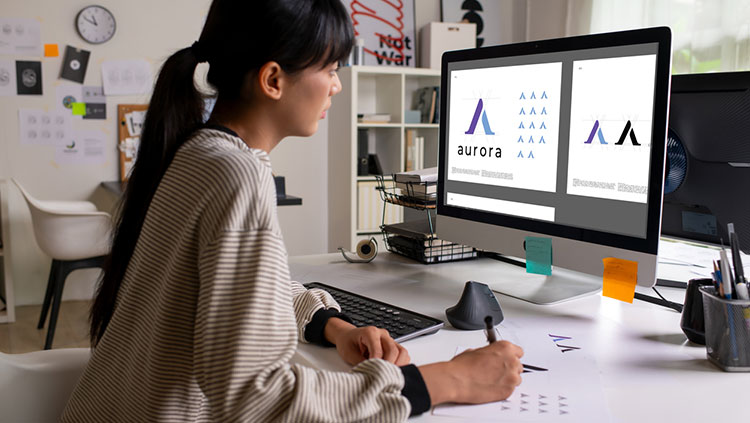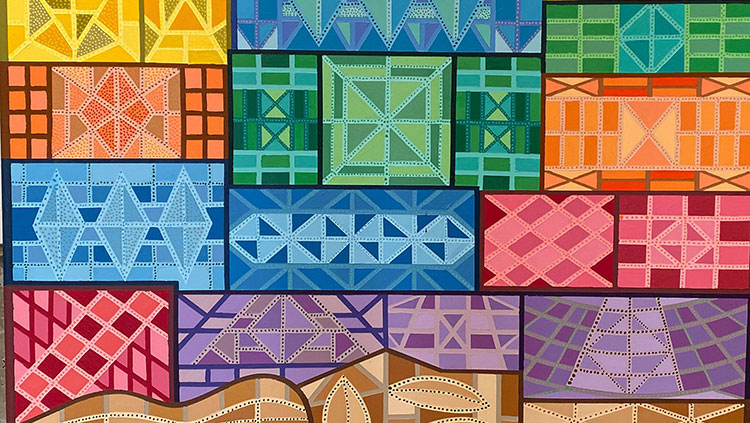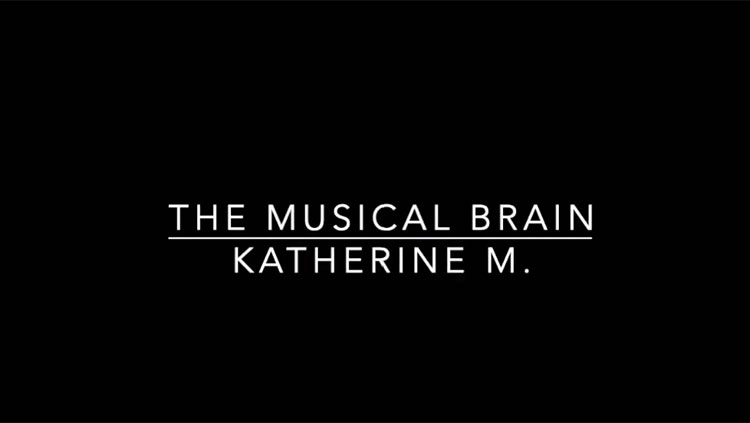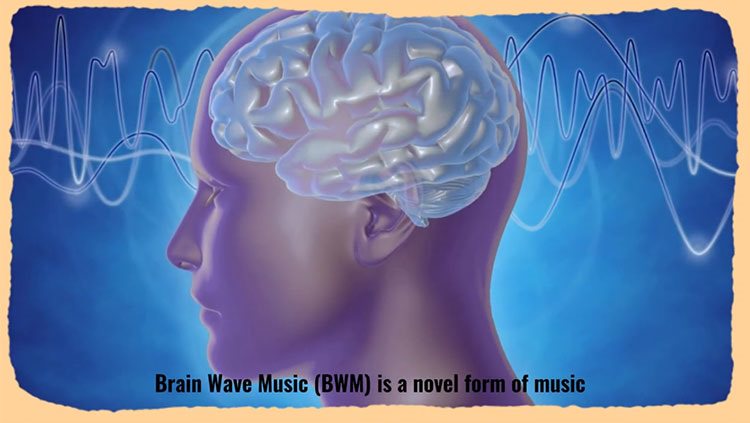Leveraging the Arts to Service The Human Brain
- Published4 Apr 2023
- Author Susan Magsamen
- Source BrainFacts/SfN
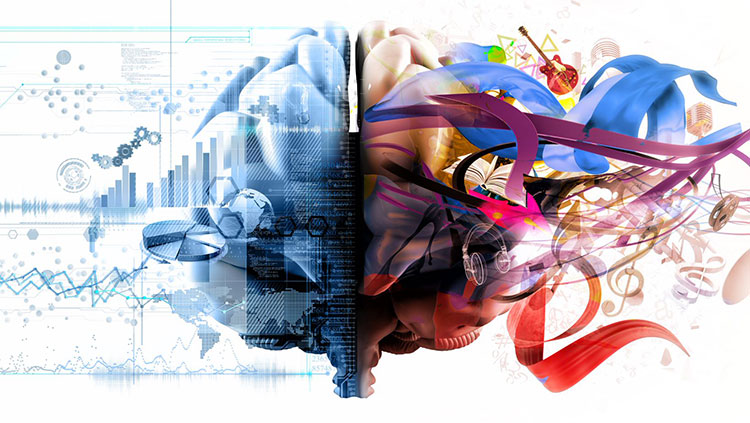
Whenever you stream your favorite artist, doodle in the corner of a paper, or take a walk in your favorite park, you're accessing an unbeknownst dose of mood enhancement. But what would this wellness dose look like if prescribed for a soldier returning from duty, a person recovering from illness, or someone unpacking childhood trauma? Tailoring art to help individuals based on the study of aesthetics impact on the brain constitutes a science called the neuroarts, the blending of neuroscience, cognitive science, psychology, and other fields.
Some of the first art is more than 50,000 years old. Science is a recent invention that has heightened our knowledge of how we can use the arts in service of humanity. Whether you create or behold art, the field of neuroarts asks: How can we measurably understand arts and aesthetics and apply this knowledge to our health, wellbeing, and learning?
Our brains carry the signature of our artistic experiences. Following the tracks of aesthetic experiences all the way to its biological imprint in the brain takes an interdisciplinary approach. This is why the field of neuroarts is developing scientific frameworks and methods, such as the impact thinking method, to foster a marriage between the arts and the sciences.
Think of the impact thinking method as the scientific method, but as played by an orchestra. Where traditional science identifies a specific problem to solve and builds upon its findings, neuroarts identifies all the key players that make up an artistic experience and translates the effects of this symphony of sensory experience immediately to our health, well-being, and learning.
"Every time you read poetry, listen to music, see a film, explore new architecture, or dance, you are biologically changed."
Every time you read poetry, listen to music, see a film, explore new architecture, or dance, you are biologically changed. Engaging with art sparks an emotional release that Aristotle called catharsis. Cultures everywhere have developed rituals and customs using art – singing, dancing, expressive writing, drawing, and storytelling – to facilitate catharsis. But the benefits of the arts and aesthetic experiences extend to other areas of our physical and mental health beyond catharsis.
Music is the most researched art form in neuroarts. Listening to music you enjoy can lower blood pressure, pain, and anxiety, as well as increase mood, memory, and focus. Listening to personalized music for 45 minutes can act like a release valve for the body’s stress, lowering cortisol levels by 20%. Singing can restore lost memories in those with dementia and improve their cognitive functioning. People with chronic stress disorders such as survivors of natural disasters or domestic violence, as well as those with traumatic brain injuries like soldiers or athletes, also benefit from hearing or playing music.
Another example is Dance for PD, a coalition of over 300 communities across 28 countries in the world, which partnered with researchers to demonstrate the role of dancing in helping people with Parkinson’s disease (PD) live fuller lives. When people with Parkinson’s dance, their symptoms improve – gait, sleep, cognition, and mood are elevated. There are dozens of research studies linking dance to improvements in PD.
"Other art forms – from reading fiction and urban design planning to making masks – can also foster changes in the brain and body, promoting health and wellness across the lifespan."
Other art forms – from reading fiction and urban design planning to making masks – can also foster changes in the brain and body, promoting health and wellness across the lifespan. An innovative program in Maryland called One Book Baltimore helps seventh and eighth graders build empathy and decision-making skills by having them read a book about difficult situations and create art to express their feelings and thoughts. Creative Forces in Washington, D.C., helps those dealing with combat trauma to unlock private nightmares and release them through mask-making. Sweet Water Foundation in Chicago is co-creating an entire community with gardens, a woodshop, and art-making workshops in communal spaces on 12 acres that were once vacant lots.
So why do aesthetic experiences affect us this way? Researchers have developed a theoretical model called the neuroaesthetic triad based on the major systems of the brain to offer an explanation.
The first set of the triad is the sensorimotor system, which includes the senses through which we acquire information: sight, touch, smell, sound, and vision. The second set is our reward system – the neural circuits like the limbic system and prefrontal cortex that activate when we experience happiness or pleasure, which inspire us to repeat an experience. The last set is meaning-making: based on our previous experiences and our unique brains, the music that moves you will differ from what moves someone else.
At the center of these three sets is an experience we register as aesthetic, where we are capable of processing the full range of emotion and meaning. And the more salient these encounters are, the greater the aesthetic experience.
"It is a neuroscience question to ask how aesthetics are experienced through our nervous system; it is a neuroaesthetics question to ask how basic science discoveries can help us create new ways to treat physical and mental health..."
To tailor art to address a medical, public health, or learning issue, for example, you have to get specific in defining the problem you’re solving. It is a neuroscience question to ask how aesthetics are experienced through our nervous system; it is a neuroaesthetics question to ask how basic science discoveries can help us create new ways to treat physical and mental health, accelerate creativity, and generate well-being.
For this reason, it is critical to bring researchers, artists, designers, artists and scientists and clinicians together: People who have different experiences and training to solve a specific issue like learning, depression, neurodiversity, anxiety, or trauma, with art. But with so many problems to solve, and so much potential for science to collaborate with the arts, the field needed a guide.
The NeuroArts Blueprint Initiative, a collaboration between the John Hopkins International Arts + Mind Lab and the Aspen Institute, is a culminating effort to create this map. The initiative, in gathering artists, community holders, and scientists from cultures around the world, demonstrates the need for more people who are interested in how the brain works to use art to advance our individual and collective health.
The field of neuroaesthetics is the study of how to realize the promise of art, and its potential to change lives. Through this discipline, we can understand more fully how to extend these benefits to heal, grow, and learn, and improve the well-being of our world. This field is ripe because of our ability to be interdisciplinary with technology. The noninvasive nature of new brain scanning techniques allows us to see biomarkers across diverse experiences. Great efforts in creating surveys to catalog aesthetic experiences also enable us to connect these biomarkers with the transformational experiences humankind has been familiar with since its dawn.
Such collaboration among artists, researchers, and people with lived experiences reflects what the science of neuroaesthetics and the field of neuroarts are all about.
CONTENT PROVIDED BY
BrainFacts/SfN
Also In The Arts & The Brain
Trending
Popular articles on BrainFacts.org



